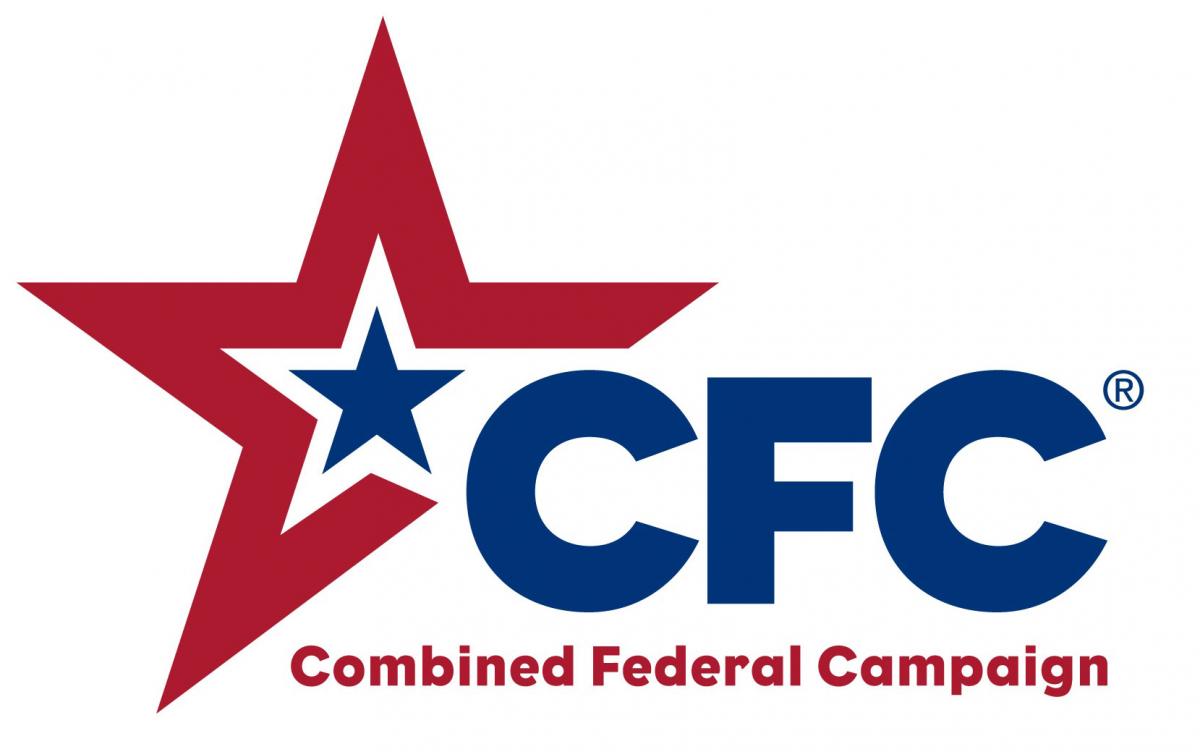Seeking U Nonimmigrant Status While in Removal Proceedings: New Challenges from the BIA
Last Updated
Topics
On Jan. 22, 2020, the Board of Immigration Appeals issued a decision in Matter of Angel MAYEN-Vinalay, 27 I&N Dec. 755 (BIA 2020) concerning requests for continuances by applicants for “collateral relief” pending with United States Citizenship and Immigration Services who are also in removal proceedings. This decision is a continuation of a trend in decisions by the BIA and the attorney general to limit docket management tools that can allow a noncitizen in removal proceedings to pursue relief outside the jurisdiction of the immigration judge (IJ).
In this decision, the BIA held that the noncitizen’s prima facie eligibility for the collateral relief, and whether that relief will materially affect the outcome of proceedings are not dispositive, particularly where there are relevant secondary factors that weigh against a continuance. Mayen, 27 I&N Dec. at 757-58.
Mr. Mayen, the respondent in this case, was detained, placed in removal proceedings and charged with removability under INA sec. 212(a)(6)(A)(i) (present without admission or parole) and 212(a)(2)(A)(i)(II) (conviction for a controlled substance violation). He received a continuance from the immigration judge on March 14, 2019 after informing the IJ that he planned to file a petition for U nonimmigrant status with USCIS on account of having been the victim of a crime in 2009. At a hearing the next month, Mr. Mayen informed the immigration judge that he had filed his petition for U status with USCIS and requested waivers of inadmissibility. The IJ set the next hearing as an individual hearing to review the issue of the waivers. At the individual hearing, the IJ granted the waivers of inadmissibility but denied Mr. Mayen’s request for a continuance so that USCIS could adjudicate the U status petition and ordered the Mr. Mayen’s removal.
On appeal, the BIA found that Mr. Mayen had met both of the primary factors the attorney general laid out in Matter of L-A-B-R-, 27 I&N Dec. 405 (A.G. 2018) for assessing whether to grant a continuance when a respondent is pursuing collateral relief. The BIA concluded that he was 1) prima facie eligible for U status and that 2) approval of U status would materially affect the outcome of the removal proceedings. In spite of this determination, however, the BIA found that those factors were not dispositive and in reviewing the “secondary factors” in the case, upheld the immigration judge’s decision that a continuance was not warranted. The factors the BIA looked at in making this determination were the respondent’s delay in seeking U status for a crime that took place 10 years prior, DHS’s opposition to a continuance, the uncertainty as to when a visa would become available, and the respondent’s detained status. Mayen, 27 I&N Dec. at 758.
Practitioners should argue that in deciding Matter of Mayen, the BIA did not overturn Matter of Sanchez Sosa, 25 I&N Dec. 807 (BIA 2012). In that decision, the BIA found that ordinarily a respondent with a pending prima facie approvable U status petition will warrant a favorable exercise of discretion for a continuance for a reasonable period of time. In Sanchez Sosa, the BIA set forth the following factors for determining whether good cause exists to continue removal proceedings to await the adjudication of a pending petition for U status: (1) the DHS response to the motion to continue; (2) whether the underlying visa petition is prima facie approvable; and (3) the reason for the continuance and other procedural factors. Practitioners should also point out that the BIA in Mayen did not determine that the immigration judge could not have granted in a continuance in this case, rather the BIA held that “[t]he Immigration Judge did not clearly err in finding that the respondent had not exercised due diligence in pursuing a U visa.” Mayen, 27 I&N Dec. at 758. Thus, the BIA left intact the IJ’s discretion to weigh the factors in other cases involving continuances for those seeking U status.
Following Matter of Mayen, it will likely be more difficult for applicants for U status to obtain continuances of immigration court proceedings. Practitioners can seek to distinguish the facts of their clients’ cases from those of Mayen in the following ways:
- Detention Status
- If the respondent is not detained, practitioners can argue that the factor that weighs in favor of expediting detained cases does not apply.
- For respondents who are detained, practitioners could consider arguing that Mayen’s stated concern for a respondent’s “liberty interest” should not weigh against a continuance where the respondent, the person with the liberty interest, seeks the continuance and has decided that pursuit of immigration protection from within the United States while detained is preferable to being removed. Practitioners could also consider arguing that it is unfair to penalize a respondent based on detention status when the latter is outside of their control and may be the result of arbitrary government conduct.
- Diligence
- If the respondent filed for U status before being placed in removal proceedings, the practitioner should emphasize the respondent’s diligence in doing so.
- Even if the respondent did not previously file, the practitioner should present evidence about the respondent’s diligence and show that any delay was reasonable. For example, if the respondent has suffered mental health issues as a result of the crime, the practitioner should document the effect of these issues on the respondent’s ability to promptly seek out immigration help. Where relevant, the practitioner should present evidence that any delay was outside of the respondent’s control or caused by a third party, such as the government, a notario, or a previous ineffective representative.
- Position of DHS
- Practitioners can seek DHS’s consent to the continuance but, in the current adversarial climate, it is unlikely DHS will consent. This said, in Mayen, DHS opposed the continuance because of the respondent’s “unreasonable” 10-year delay in applying for U status so practitioners should highlight the respondent’s diligence in comparison with the respondent in Mayen.
- If DHS opposition is contrary to their own directives and guidance, practitioners can argue that the opposition should not be given weight in the continuance analysis. See Matter of L-A-B-R-, 27 I&N Dec. at 412 (good cause may not exist where “DHS justifiably opposes the motion” (emphasis added)). For example, ICE guidance states, “It is ICE policy to respect USCIS’ grant of deferred action to a U visa waitlisted petitioner.” Revision of Stay of Removal Request Reviews for U Visa Petitioners Factsheet (Aug. 2, 2019). For ICE to oppose a continuance and seek a removal order for an individual with deferred action would undermine ICE’s policy to defer to USCIS’s deferred action determination.
- Addressing Mayen’s concerns about the “speculative and indefinite nature” of the continuance
- Practitioners should submit proof of the estimated processing time for USCIS to make an initial eligibility determination and grant deferred action, which practitioners may obtain from the USCIS website. In Mayen, the respondent failed to provide the IJ with the estimated processing time and the BIA noted that the respondent had therefore requested a continuance for “an unknown and potentially lengthy period of time.” 27 I&N Dec. at 759.
- Practitioners may argue that the BIA misunderstood or mischaracterized the meaning of deferred action—which Mr. Mayen was granted while his appeal was pending—and argue that deferred action weighs strongly in favor of a continuance. Contrary to the BIA’s characterization in Mayen, 27 I&N Dec. at 756, U status deferred action is more than just an “informational letter.” USCIS grants deferred action only to those found eligible for U status, but who cannot receive their U status yet because of the statutory cap. 8 CFR § 214.14(d)(2). Practitioners may consider arguing that once USCIS has issued deferred action, speculation concerns diminish since under ICE guidance the agency “will not remove a U visa petitioner or qualifying family member whom USCIS has placed on the waiting list and granted deferred action unless a new basis for removal has arisen since the date of the waiting list placement or USCIS terminates deferred action.” Revision of Stay of Removal Request Reviews for U Visa Petitioners Factsheet.
- In cases where the respondent is not detained, practitioners should highlight that in Mayen the BIA’s concern about length of future continuances and administrative efficiency was heightened by the respondent’s detained status. 27 I&N Dec. at 759 (“Granting an indeterminate continuance greatly impacts administrative efficiency in a typical case, but particularly where, as here, the alien is detained.”).
If DHS or the IJ raises Matter of Mayen in contexts outside of seeking U status, practitioners should argue that the decision is limited to the U status context and should not be applied more broadly; instead, IJs must follow Matter of L-A-B-R- and other relevant precedents on continuances. However, to the extent that an immigration judge considers Matter of Mayen in adjudicating a non-U-status-related continuance request, practitioners should make all available arguments to distinguish their case from the facts and reasoning in Matter of Mayen. These arguments might include those noted above as well as relief-specific arguments including the fact that, if true, the particular relief cannot be pursued abroad after the execution of a removal order. Cf. Mayen, 27 I&N Dec. at 760 (rejecting due process arguments in part based on the fact that the respondent could pursue a U visa from abroad after removal). Practitioners should make these arguments with an eye toward setting up the best possible record for appeal. Tips for setting up a strong record for appeal include:
- Making continuance arguments in writing and providing documentation in support of the continuance request.
- Arguing that Matter of Mayen was wrongly decided, for example because it disregards Matter of L-A-B-R-’s mandate to “focus principally” on two primary factors and because it is contrary to the relevant relief-granting statute, congressional intent, and due process.
- Seeking administrative closure in the alternative (to preserve the issue for appeal if outside the Fourth Circuit).
Further resources that provide ideas for making some of these arguments include:
- CLINIC’s practice advisory on Matter of L-A-B-R-
- Resources from ASISTA, including a practice advisory and FAQs on Matter of Mayen and amicus briefs making arguments about congressional intent in the U status context





